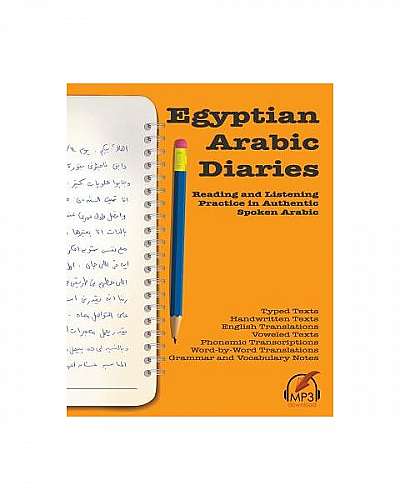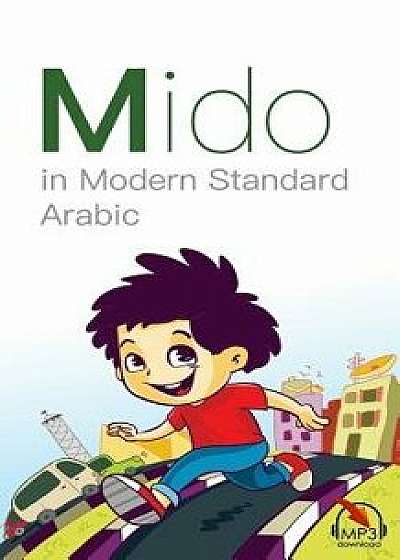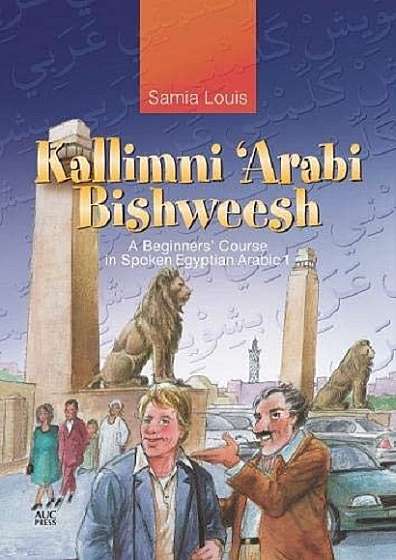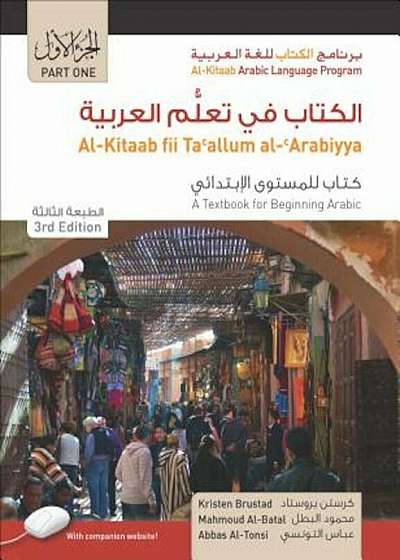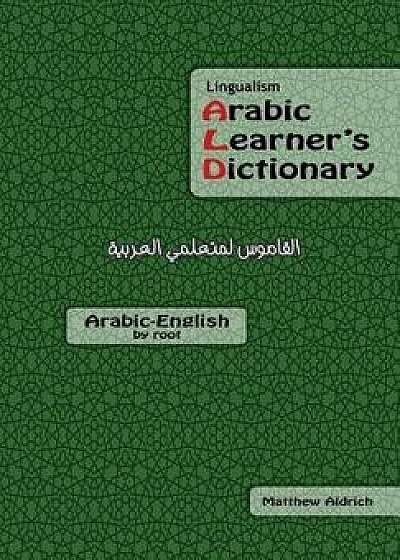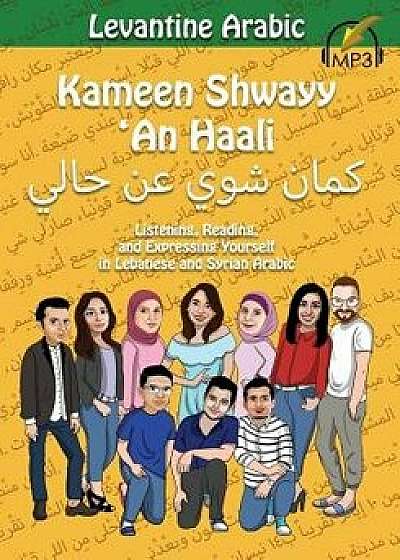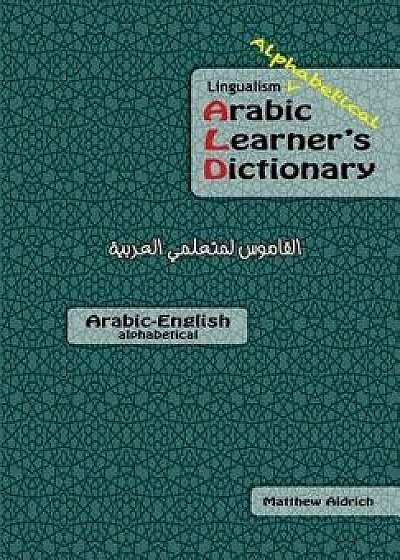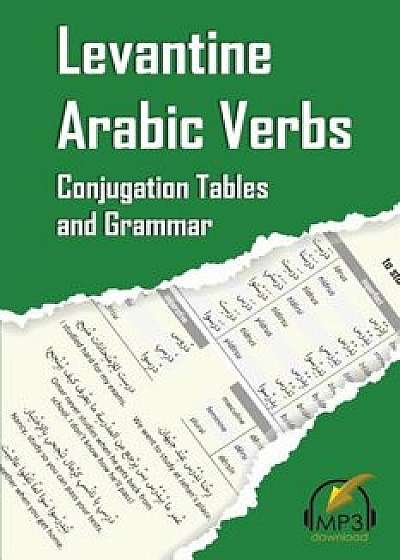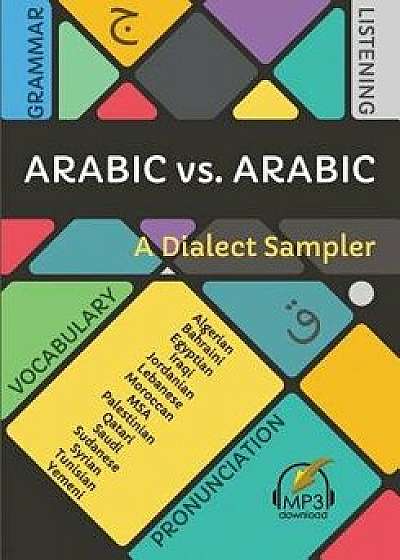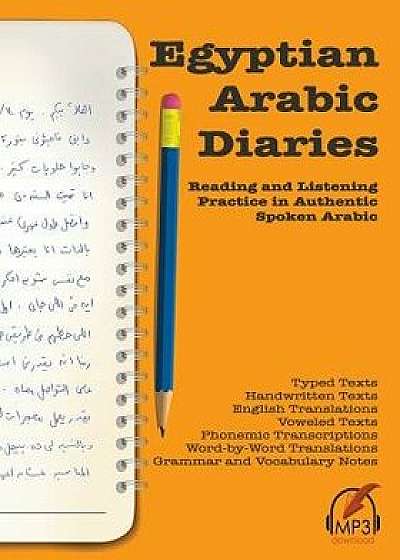
Egyptian Arabic Diaries: Reading and Listening Practice in Authentic Spoken Arabic, Paperback/Matthew Aldrich
Descriere
Egyptian Arabic Diaries provides intermediate and advanced learners with authentic materials to practice both reading and listening skills in Egyptian Colloquial Arabic (ECA). The twenty texts that appear in this book have been written and recorded by native speakers from around Egypt. Dubbed diary entries, the texts are actually short personal essays that the contributors have chosen to share with learners of their language. Each diary entry appears in various forms to allow you to study the language from a variety of focal points. The unvoweled Arabic text provides realistic reading practice. Although ECA has no official rules of orthography, there are spelling conventions which are widely agreed upon by most Egyptians. Still, there remain differences in personal preferences, especially when it comes to the spelling of conjugated verbs and function words such as prepositions, conjunctions, and pronouns. Some try to preserve the spelling used in Modern Standard Arabic (MSA) as much as possible, while others prefer to represent the actual sounds of ECA. Many people tend to be inconsistent even in their own spelling, as they are basically sounding things out as they go. To keep all this a bit neater, Lingualism has adopted a consistent orthography based on the most popular spelling conventions. The English translation stays true to the original Arabic, sentence by sentence, making it easy to find the corresponding translation. The translation can be used to compare similarities and differences between the style and structure of sentences in the two languages. The handwritten text is an invaluable addition to the materials, allowing you to familiarize yourself with natural Arabic handwriting. You can try your best to decipher the handwritten words, and then compare them to their typed counterparts, progressively improving your ability to read handwriting by various individuals. You can also copy (or trace) traits of the handwritten letters to make your own handwriting
